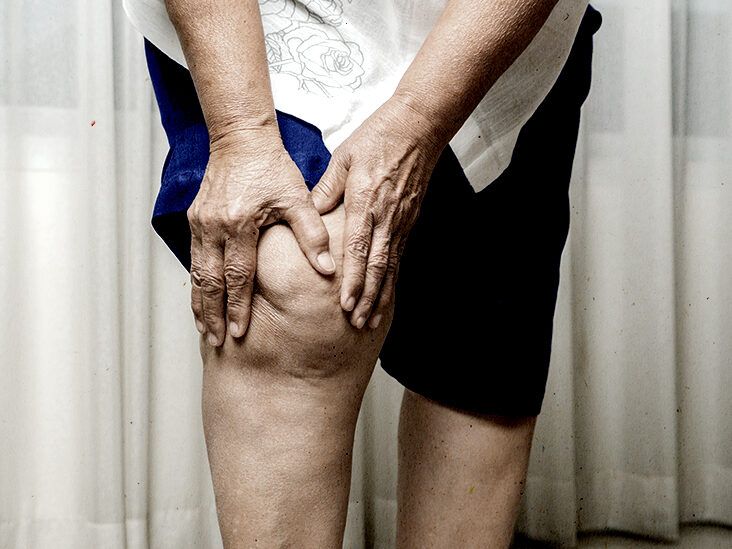
The Hidden Side of Your Elbow: Unveiling the Olecranon
In the symphony of human anatomy, the elbow stands out as a graceful maestro, orchestrating the movements of our arms. Yet, beneath its familiar surface lies a hidden realm, a captivating secret waiting to be unveiled—the olecranon.
Like a concealed jewel, the olecranon adorns the posterior aspect of our ulna, the longer bone of our forearm. Its name, derived from the Greek word “olekrane,” aptly translates to “elbow.” This enigmatic bone not only adds structural stability to our elbows but also plays a pivotal role in our everyday actions.
The Anatomy of the Olecranon
The olecranon forms the prominent bump at the tip of our elbow. Its smooth, rounded surface serves as the anchor point for the triceps brachii muscle, the powerful extensor of the elbow joint. Moreover, the ulnar nerve, responsible for sensation and movement in our hands, passes just behind the olecranon, adding to its anatomical significance.
When we extend our elbows, the olecranon creates a firm contact with the trochlea of the humerus, the upper arm bone. This interlocking mechanism ensures stability and prevents dislocation of the elbow joint. Additionally, the olecranon’s unique shape allows for a wide range of motion, enabling us to bend, straighten, and rotate our arms with ease.
The Olecranon: A Historical Perspective
Throughout history, the olecranon has intrigued scientists and physicians alike. In ancient times, Hippocrates, the father of medicine, described the olecranon as “the elbow bone.” The term “olecranon” itself was first coined by Galen, the renowned Greek anatomist, who recognized its distinct shape and function.
Over centuries, the understanding of the olecranon’s role in human movement has evolved. Today, it is regarded as an essential component of the elbow joint, contributing to its stability and flexibility. The olecranon has also become a focus of surgical interventions, such as olecranon osteotomies, which are performed to address elbow deformities and improve joint function.
Breaking Down the Olecranon’s Importance
The olecranon’s significance extends far beyond its anatomical structure. It is a pivotal player in a multitude of daily activities:
- Arm Extensions: The olecranon provides a robust anchor for the triceps muscle, allowing us to extend our elbows with power and control.
- Elbow Flexion: While the olecranon is primarily involved in elbow extension, it also contributes to flexion, allowing us to bend our arms at the elbow.
- Joint Stability: The olecranon’s interlocking contact with the humerus ensures the stability of the elbow joint, preventing dislocation and excessive movement.
- Ulnar Nerve Protection: By shielding the ulnar nerve, the olecranon safeguards our ability to feel and move our hands, making it crucial for everyday activities.
Current Trends and Developments
Research on the olecranon continues to shed light on its significance in elbow health. Recent studies have focused on developing innovative surgical techniques to address olecranon fractures and elbow deformities. Additionally, there has been growing interest in understanding the role of the olecranon in various sports injuries, particularly in athletes who rely heavily on elbow movements.
Moreover, researchers are exploring the use of 3D imaging and modeling to gain a deeper understanding of the olecranon’s anatomy and biomechanics. These advancements are expected to pave the way for more precise surgical interventions and improved rehabilitation strategies.
Expert Advice: Caring for Your Olecranon
To maintain the health of your olecranon, consider these expert tips:
- Strengthen the Triceps: Engage in exercises that target the triceps muscle, such as triceps extensions and push-ups, to enhance elbow stability.
- Protect the Elbow: Wear elbow pads during activities that may put your elbows at risk of impact or injury, such as sports or manual labor.
- Listen to Your Body: Pay attention to any pain or discomfort in your elbow. If you experience persistent pain, seek medical attention promptly.
FAQs on the Olecranon
Q: What is the olecranon?
A: The olecranon is the bony prominence at the tip of the ulna, the longer bone in your forearm.
Q: What is the function of the olecranon?
A: The olecranon provides structural stability to the elbow joint, serves as an attachment point for the triceps muscle, and protects the ulnar nerve.
Q: What are some common injuries involving the olecranon?
A: Olecranon fractures and elbow dislocations are among the most common injuries involving the olecranon.
Q: How can I strengthen the olecranon?
A: Strengthening the triceps muscle through exercises like triceps extensions and push-ups can help support the olecranon and improve elbow stability.
Conclusion
The olecranon, once an overlooked aspect of our anatomy, has emerged as a fascinating and vital component of our elbows. Its intricate structure, historical significance, and functional importance paint a compelling picture of its indispensable role in our daily lives. By understanding and appreciating the olecranon’s complexities, we can better care for our elbows and enjoy the full range of motion and stability they provide.
Would you like to delve deeper into the intriguing world of the olecranon and its impact on our lives?

Image: www.medicalnewstoday.com

Image: www.pinterest.com
What is Pronator Drift? | NursingCenter Nov 28, 2023The elbow joint is a synovial joint that connects the arm and the forearm, providing 150 ْ of extension-flexion movement. It consists of three joints; the humeroulnar joint, the humeroradial joint, and the proximal radioulnar joint, all within one articular capsule! The elbow joint is supported by three ligaments: